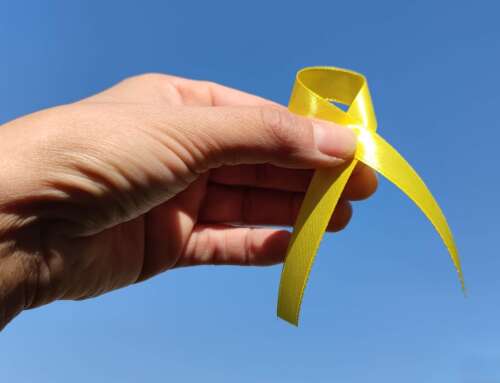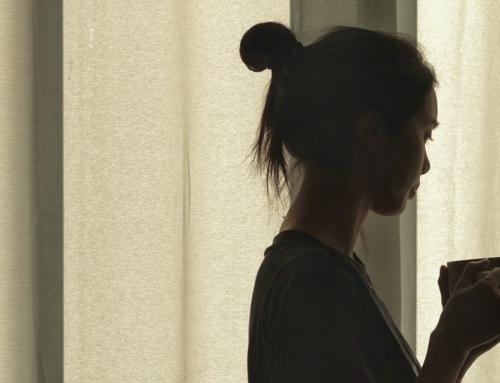In the 1970s, a truth was accidentally discovered about depression – one that was quickly swept aside, because its implications were too inconvenient, and too explosive. American psychiatrists had produced a book that would lay out, in detail, all the symptoms of different mental illnesses, so they could be identified and treated in the same way across the United States. It was called the Diagnostic and Statistical Manual. In the latest edition, they laid out nine symptoms that a patient has to show to be diagnosed with depression – like, for example, decreased interest in pleasure or persistent low mood. For a doctor to conclude you were depressed, you had to show five of these symptoms over several weeks.
The manual was sent out to doctors across the US and they began to use it to diagnose people. However, after a while they came back to the authors and pointed out something that was bothering them. If they followed this guide, they had to diagnose every grieving person who came to them as depressed and start giving them medical treatment. If you lose someone, it turns out that these symptoms will come to you automatically. So, the doctors wanted to know, are we supposed to start drugging all the bereaved people in America?
The authors conferred, and they decided that there would be a special clause added to the list of symptoms of depression. None of this applies, they said, if you have lost somebody you love in the past year. In that situation, all these symptoms are natural, and not a disorder. It was called “the grief exception”, and it seemed to resolve the problem.
Then, as the years and decades passed, doctors on the frontline started to come back with another question. All over the world, they were being encouraged to tell patients that depression is, in fact, just the result of a spontaneous chemical imbalance in your brain – it is produced by low serotonin, or a natural lack of some other chemical. It’s not caused by your life – it’s caused by your broken brain. Some of the doctors began to ask how this fitted with the grief exception. If you agree that the symptoms of depression are a logical and understandable response to one set of life circumstances – losing a loved one – might they not be an understandable response to other situations? What about if you lose your job? What if you are stuck in a job that you hate for the next 40 years? What about if you are alone and friendless?
The grief exception seemed to have blasted a hole in the claim that the causes of depression are sealed away in your skull. It suggested that there are causes out here, in the world, and they needed to be investigated and solved there. This was a debate that mainstream psychiatry (with some exceptions) did not want to have. So, they responded in a simple way – by whittling away the grief exception. With each new edition of the manual they reduced the period of grief that you were allowed before being labelled mentally ill – down to a few months and then, finally, to nothing at all. Now, if your baby dies at 10am, your doctor can diagnose you with a mental illness at 10.01am and start drugging you straight away.
I was a teenager when I swallowed my first antidepressant. I was standing in the weak English sunshine, outside a pharmacy in a shopping centre in London. The tablet was white and small, and as I swallowed, it felt like a chemical kiss. That morning I had gone to see my doctor and I had told him – crouched, embarrassed – that pain was leaking out of me uncontrollably, like a bad smell, and I had felt this way for several years. In reply, he told me a story. There is a chemical called serotonin that makes people feel good, he said, and some people are naturally lacking it in their brains. You are clearly one of those people. There are now, thankfully, new drugs that will restore your serotonin level to that of a normal person. Take them, and you will be well. At last, I understood what had been happening to me, and why.
However, a few months into my drugging, something odd happened. The pain started to seep through again. Before long, I felt as bad as I had at the start. I went back to my doctor, and he told me that I was clearly on too low a dose. And so, 20 milligrams became 30 milligrams; the white pill became blue. I felt better for several months. And then the pain came back through once more. My dose kept being jacked up, until I was on 80mg, where it stayed for many years, with only a few short breaks. And still the pain broke back through.
– Johann Hari
Read more: Is Everything You Think You Know About Depression Wrong?








Leave A Comment